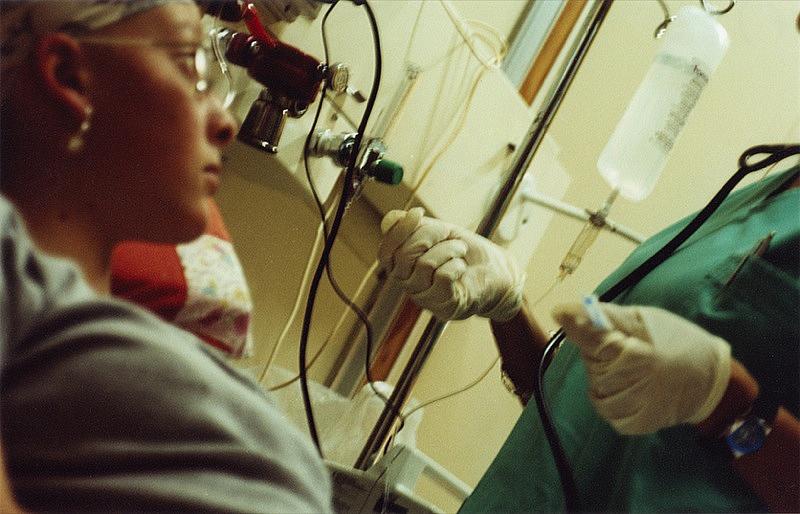Well Sourced: Getting beyond the beauty contest with Hospital Compare

Hospital comparisons can be hard to make. Learn why this website is a good place to start. (Oliver Kornblihtt/Flickr)
Note: Portions of this post were adapted from a tipsheet created with input – and in some cases exact phrasing – from Charles Ornstein when he was at the Los Angeles Times. Thank you, Charlie!
Hospitals benefit much from location, landscaping, and their marketing budgets. But an ocean view and a smoothie bar do not have any bearing on the quality of health care being delivered by doctors, nurses, and staff.
Wouldn’t it be nice if there were a simple way to line up hospitals side by side and measure them against one another?
The U.S. Department of Health and Human Services gets you part way there.
SOURCE: U.S. Department of Health and Human Services’ Hospital Compare www.hospitalcompare.hhs.gov/
WHAT IT DOES: Pull together information self-reported by hospitals in key areas.
WHAT IT DOES NOT DO: Cover the broad range of health care outcomes you would find if you analyzed a hospital’s patient discharge data. (More on that in a future post.)
RECORDS: The agency gathers records in seven areas, including information, provided voluntarily by hospitals, about the care they provide patients, survey responses, and payment information. The areas include:
- Survey of patients’ experiences
- Timely & effective care
- Readmissions, complications, and deaths
- Use of medical imaging
- Medicare payment
- Number of Medicare patients
- Linking Quality to Payment
The hospital data are updated multiple times per year. You can compare up to three hospitals at a time or just scroll through them individually.
DRAWBACKS: For the most part, these are process measures and not outcome measures. The data will tell you whether hospitals administered appropriate medications to patients and whether they provided proper discharge instructions, among other things. In the readmissions area, the site doesn’t show the actual death rates or complication rates, it just tells you whether the hospital was the same, better, or worse than the “national rate” or the “national benchmark.” Also, the Department of Health and Human Services used to provide details in “hospital-acquired conditions,” like accidentally leaving surgical tools in patients’ bodies, but it has removed that information from the Hospital Compare site. Not all hospitals provide data, and sometimes small patient loads make the data meaningless.
SUGGESTION: Check the site once every six months to see how the hospitals in your area are stacking up, and keep a spreadsheet of their scores over time. If one starts to pull ahead of the pack or fall behind, you could have an interesting story.
EXAMPLE: Morgan Zeitler, formerly with the Fort Bragg Advocate-News, compared hospitals in the Mendocino, California, area to each other in great detail using Hospital Compare. He wrote last June:
Is Fort Bragg's Mendocino Coast District Hospital better or worse compared to other area hospitals? It's a simple question, but when asked why they choose to have elective procedures done in Willits, Ukiah or Santa Rosa rather than Fort Bragg, a response heard from some coast residents is that they believe doctor expertise and the general quality of care is better elsewhere. Seldom are heard any facts and figures to support these perceptions, however.
Then Zeitler provided specific information from Hospital Compare, nicely explaining how a higher score in one area did not mean high scores across the board.

